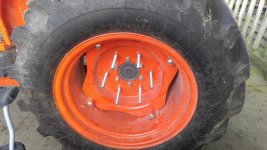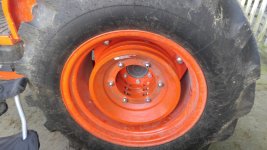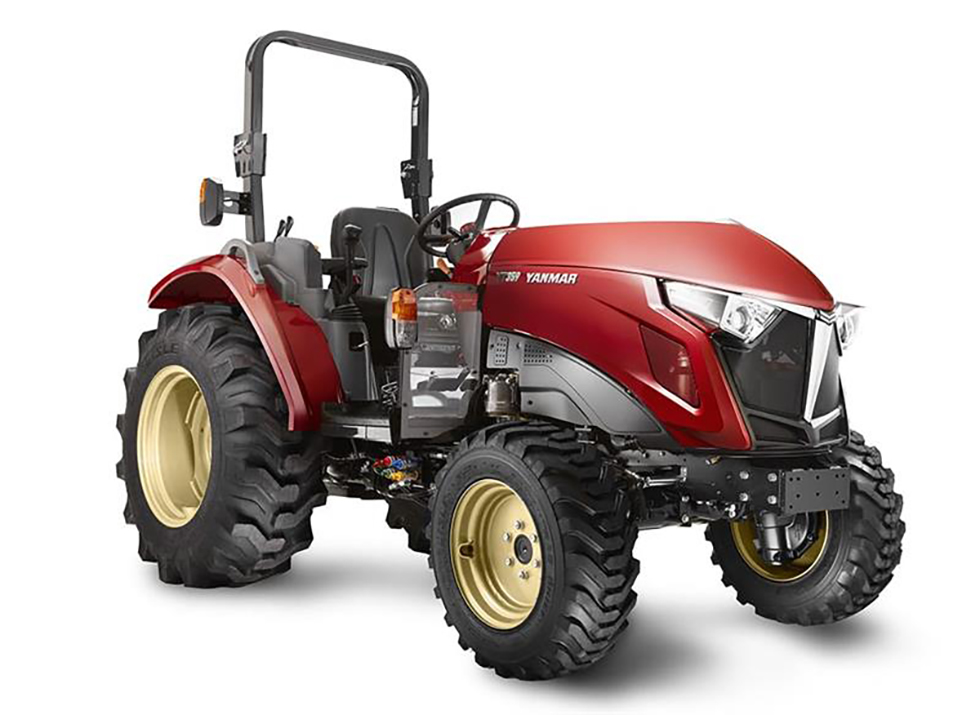... you got me thinking on the wheel weights. do you know of a good source? I did a quick search and the companies that came up didn't seem to list either of the models I'm looking at. I do like the idea of being able to take them off and be able to get the wheel off for service. cost is quite a bit more though, correct?
...
Depending on the construction of the wheel the wheel weights wouldn't need to come off in order to get the wheel off.
For example this picture of when I installed the wheel weights on mine:

The three rings of fasteners (in order from inside to out) serve to:
1) hold the entire wheel assembly to the tractor
2) hold the wheel weights on the tractor (which btw were very tiring to install manually ....since it involved running nuts down ~12ft of threading given 2 sides, 6 bolts each about a foot long)
3) hold the rim & tire to the central hub
Fully installed it looks like this:

Which still permits access to all the fasteners with an appropriate extension for a torque/impact/ratchet wrenches.
BTW if you don't already own those tools you'll likely need to buy them ..... or expand upon them as most compact tractors will have some rather large fasteners on them (compared to cars & pickup trucks). The most frequently used sockets (on my tractor) are 22mm and 24mm for the re-tightening of the wheel & loader fasteners per scheduled maintenance requirements ....and until I had the tractor sockets in that size range weren't something I generally needed - much less routinely used.
Wheel weights will cost more (was about $1/pound) than filling with fluid. However, depending what fluids are available in your area the price advantages of the fluids may be outweighed by the other disadvantages of the particular fluids. Part of the reason I went with wheel weights is I didn't want to run the risk of having a fluid that was either corrosive or toxic to animals in my tires given I occasionally share some areas with some very expensive animals that aren't mine .....and the more bio-friendly liquids (Rim Guard, Bio ballast) weren't as readily available in my area at the time.
Hopefully it won't throw too much of wrench into your purchasing plans, but it can also be worth looking at some of the "bells & whistles" between the different brands as some of them can make a difference in productivity or how additional functions are added (if at all) at a later date. for example things like rear-remotes for controlling additional hydraulic functions; things like top & tilt kits for the 3pt linkage, blade angle, roll, and offset on rear blades, rotation and deflection on snowblowers, etc.
Ultimately, it's unlikely to find a single tractor that will do
everything you want/need, so the trick for someone buying a single tractor is to determine which provides "enough" of what you need/want.



